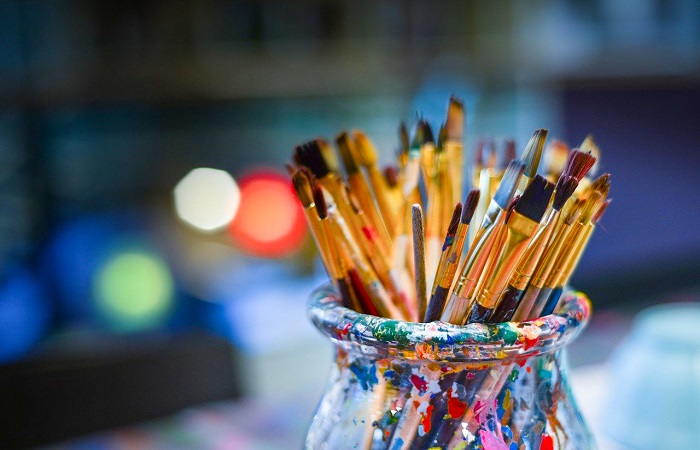
Sydney, the capital of New South Wales, Australia, is known for its famous attractions, which include the Sydney Opera House, Sydney Harbour Bridge, and the Royal Botanical Gardens. The tourism industry of Sydney plays an important part in the city’s economy. As of 2018 statistics, Sydney was visited by over 10 million domestic visitors and 4 million international tourists. Artists that visit Sydney enjoy painting the majestic views the city has to offer. It is also fortunate for artists since many stores sell art supplies in Sydney.
If you, too, are considering to paint the different wonders that Sydney has to offer, you must know the basics of painting. Let us start with the paintbrush.
The Paint Brush
Consider the paintbrush as a magic wand that you can use to weave colours across a canvass or any medium. To join the list of Australia’s famous artists, start using artistic paintbrushes as an integral tool of painting. When you use a paintbrush often, you will be more familiar with how to handle the brush, and soon, you will be able to manage and manoeuvre them more precisely.
The Basic Parts of The Artist Paintbrush
To properly understand how the paintbrush works, it is first important to know its different parts. The paintbrush is made up of 4 main parts, namely:
● Bristles: Also known as hairs, bristles can be made from animals’ natural hair or synthesized fibres.
● Ferrule: The ferrule is the metallic part that connects the bristles to the brush handle.
● Crimp: The crimp is part of the ferrule that is crimped to secure the bristles to the handle.
● Handle: The wooden or acrylic portion of the brush that you hold.
Types of Brushes
There are eight main types of artist brushes that are used for painting art. Each type of brush is designed for a specific purpose.
● Round or Pointed Tip: Round or pointed tip brushes are suitable for sketching, outlining, and painting on detailed work. These brushes are also useful for controlled washes and filling in colour for small areas.
● Pointed Round: This brush has a narrower point than the round tip and is good for painting fine details and retouching paintings.
● Flat: This paintbrush has a square end with medium to long bristles. This type of brush is suited for painting bold strokes and filing wide spaces. This brush is also great for creating fine, straight lines and edges.
● Bright: This type of brush is flat with edges curved inward towards the tip and has short bristles. This brush is good for short controlled strokes and works excellent when held closer to the brush.
● Filbert: Filbert brushes are flat with oval-shaped ends that have medium to long bristles. This type of brush is used for blending colours and creating soft rounded edges. One great way to use this type of brush is by using it for flower petal edges.
● Fan: This type of brush looks like a fan with flat and spread-out bristles. This type of brush is used for smoothing and blending colours. When used with natural bristles, this brush works great in creating feathered textures. Fan brushes with synthetic bristles are excellent in creating textural effects for clouds and leaves.
● Angular Flat: This type of brush is flat but with angled bristles. This type of brush is good for creating curved strokes.
● Detail Round: This brush has short and rounded bristles and is suitable for detailed work and short strokes.
So whenever you visit stores that sell art supplies in Sydney, you are now familiar with the different types of brushes that famous Sydney artists use.
Author Bio: Anne Davis is a freelance writer who offers to ghostwrite, copywriting, and blogging services. She works closely with B2C and B2B businesses providing digital marketing content that gains social media attention and increases their search engine visibility.
